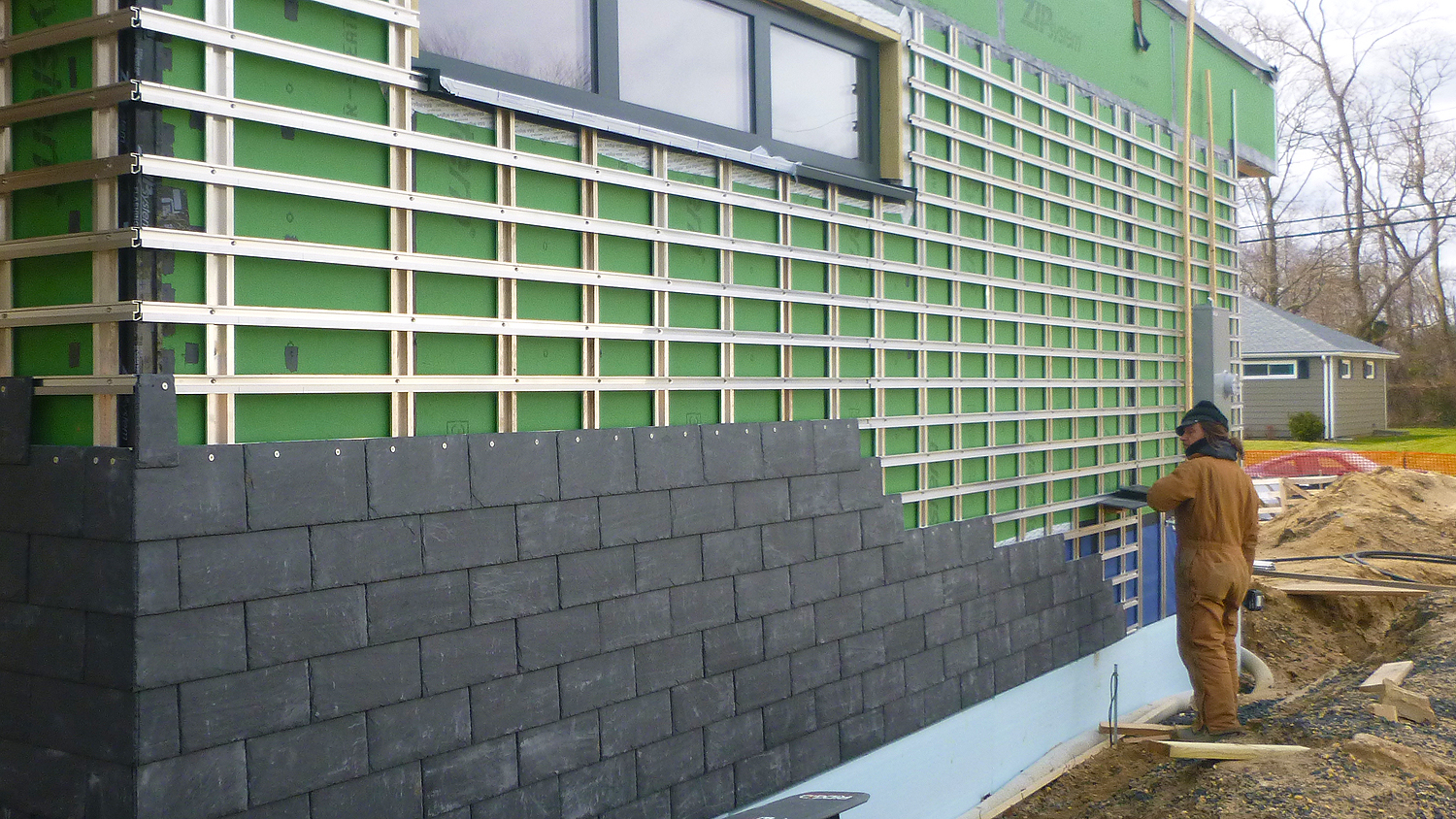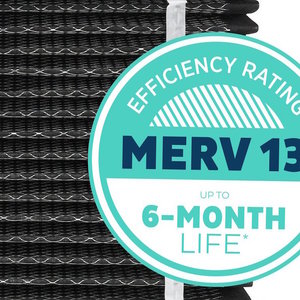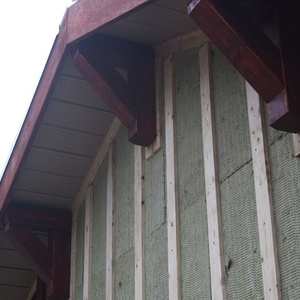
Of all the advances in building science over the last 25 years—new technologies, products, and approaches to building safe, durable houses—perhaps the simplest and most versatile is the ventilated rainscreen. I first learned of rainscreens in Fine Homebuilding issue #137, published in 2001. They seemed simple and logical. With input from Dr. Joseph Lstiburek of Building Science corporation, author Mark Averill Snyder explained how a rainscreen can help address peeling paint on siding, and he shared details on how to do it.
More than 18 years later, rainscreens are common on high-performance buildings—even required by code in a few places—yet many builders turn instead to “low-maintenance” synthetic cladding systems. These systems can do damage to the underlying structure, and they often cost more than traditional natural materials. They also come with a higher carbon footprint than those from renewable resources. Other builders use natural materials but omit a rainscreen, which can lead to premature failure.
A rainscreen defined
A rainscreen is a system of materials used to create a gap between the siding and the water-resistive barrier (WRB). It helps keep the entire wall assembly dry by allowing for both water drainage and airflow.
You might ask, Isn’t that the job of the siding? Yes and no. Virtually all common siding systems will leak at some point, especially when subjected to wind-driven rain. A rainscreen enables water to drain away from the structure. Because many siding materials—including wood, fiber cement, stucco, masonry, and concrete—can absorb water, they are considered reservoir claddings, which means they benefit from being able to dry on the back side, as do the sheathing and the rest of the wall assembly.
In cold climates, rainscreens allow walls to dry without compromising the integrity of the siding or its finish, and in hot climates…
Weekly Newsletter
Get building science and energy efficiency advice, plus special offers, in your inbox.

This article is only available to GBA Prime Members
Sign up for a free trial and get instant access to this article as well as GBA’s complete library of premium articles and construction details.
Start Free TrialAlready a member? Log in














0 Comments
Log in or become a member to post a comment.
Sign up Log in